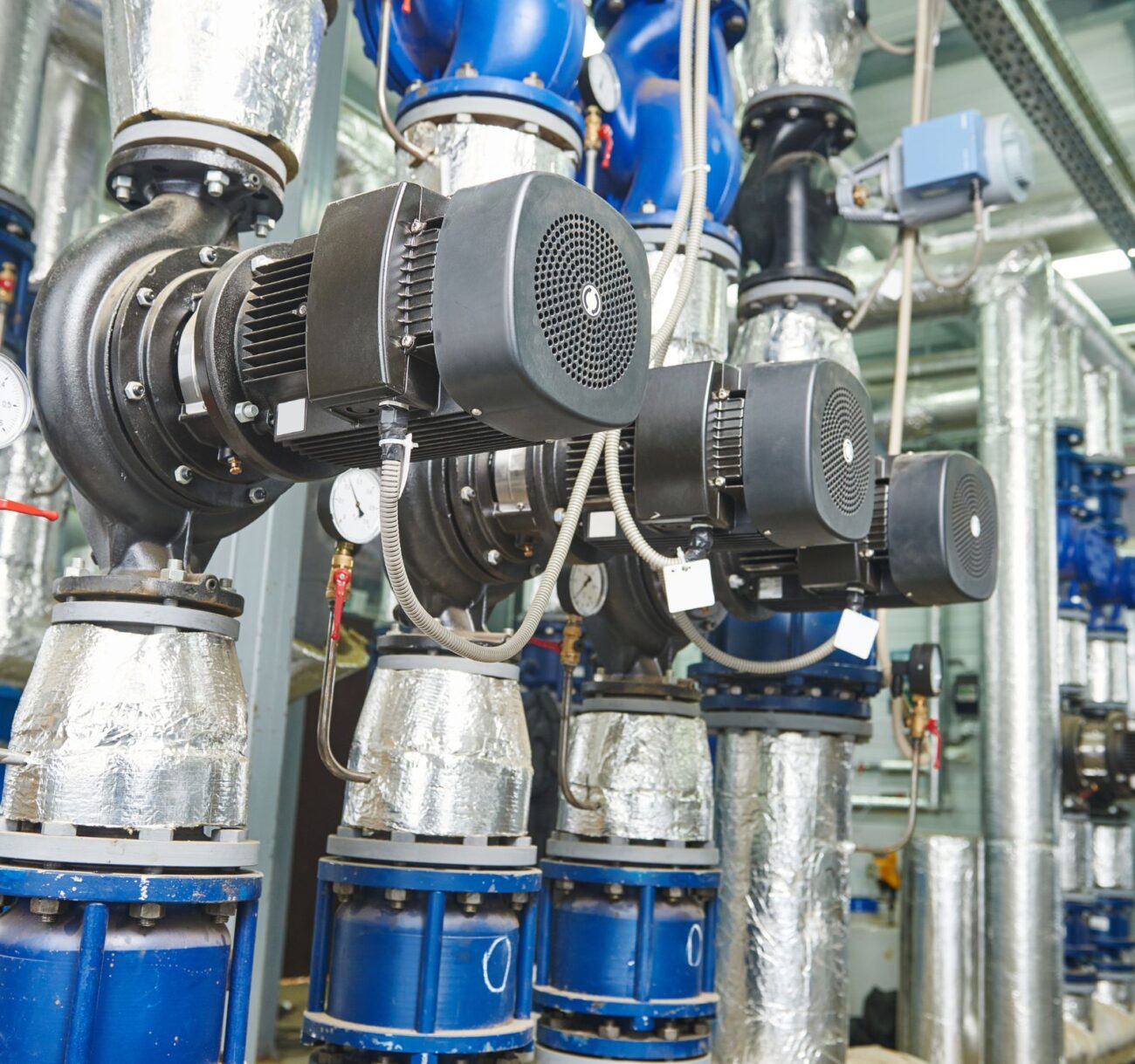Types of Capital Allowance
Capital allowances come in several primary forms:
-
Annual Investment Allowance (AIA):
AIA lets businesses deduct the entire value of a qualifying item in the year it’s acquired.
-
Writing Down Allowance:
Instead of a full deduction, businesses deduct a certain percentage of the item’s value.
-
First Year Allowance:
These provide deductions similar to the standard AIA for specific assets, and in certain circumstances a 50% first year allowance is available for special rate pool expenditure.
-
Full expensing:
Full expensing allows businesses to immediately deduct the entire cost of eligible assets in the year they are purchased.
To ensure compliance and maximise claims, it’s wise to consult professionals with expertise in property, legislation, and tax.
Ready to get started? Don’t hesitate to get in touch with us today.
Latest News
-
 15 November 2024
15 November 2024Specialist CA Tax Advice for Accountants
At CARS, we’ve been providing expert support and advice for accountants for years. We understand that in the fast-paced world of accounting, keeping up with every aspect of tax legislation can be a daunting task. For accountants, Capital Allowance (CA) tax relief is an area that holds significant... -
 8 November 2024
8 November 2024Understanding Research and Development Allowances (RDAs) on Capital Expenditure
Innovation is a beacon of progress, driving companies toward success and relevance. The pivotal role of Research and Development (R&D) in fostering innovation is recognised and, as a result, incentives are offered to businesses through mechanisms like Research and Development Allowances (RDAs). Understand...
Contact Us
Our expert team are here to help answer any of your capital allowances questions or enquires you have about your commercial property.






